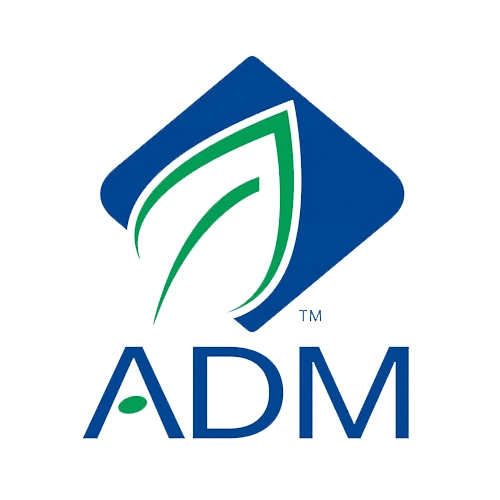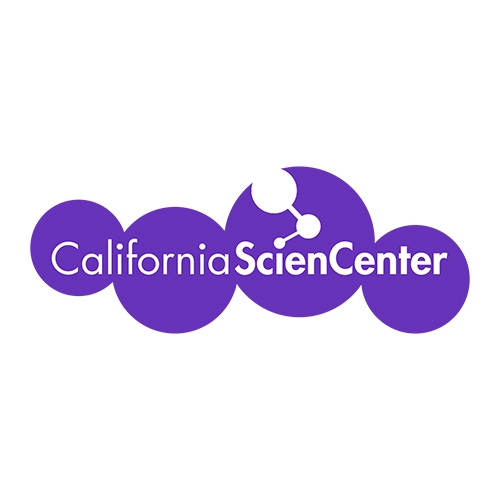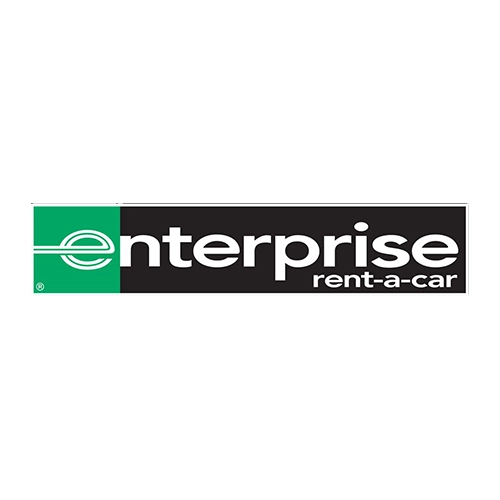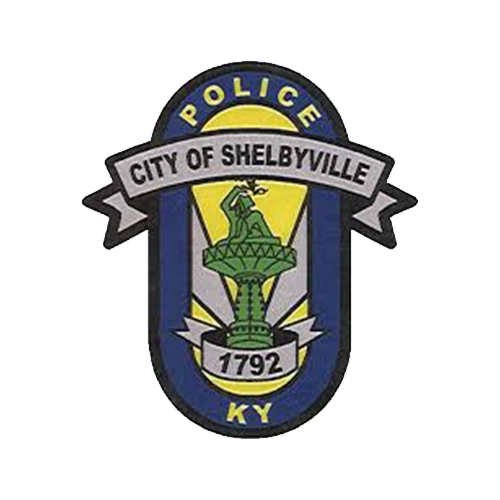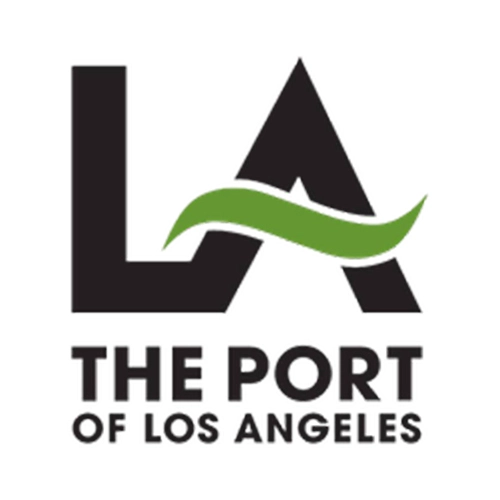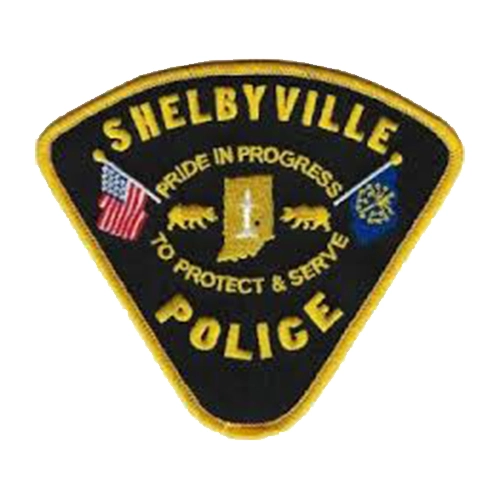
THE BENEFITS OF USING DRIVER FEEDBACK SIGNS: A COMPREHENSIVE GUIDE
You’re driving down a quiet neighborhood street, and suddenly, you notice a sign displaying your speed. As you slow down, you realize that this sign is more than just a passive piece of metal; it’s a driver feedback sign. These unassuming devices have been quietly revolutionizing road safety and traffic management, offering a host of benefits for both drivers and communities. In this comprehensive guide, we’ll delve into the fascinating world of driver feedback signs and explore why they are more than just a traffic control tool.
What are driver feedback signs?
Driver Feedback Signs are electronic, LED-equipped devices that display a vehicle’s speed as it approaches. They typically feature a radar sensor to measure the speed of the approaching vehicle and then display that speed on the sign itself.
Why do driver feedback signs matter?
1. Enhancing Road Safety
One of the most prominent benefits of driver feedback signs is their ability to enhance road safety. By making drivers aware of their current speed, these signs encourage them to slow down, reducing the risk of accidents. Studies have shown that driver feedback signs can result in significant speed reductions, especially in areas with known speeding issues.
2. Reducing Traffic Noise and Pollution
Speeding not only endangers lives but also contributes to higher traffic noise levels and pollution. Driver feedback signs help mitigate these issues by reducing vehicle speeds. Slower-moving vehicles are quieter and emit fewer pollutants, making neighborhoods more livable and environmentally friendly.
3. Cost-Effective Traffic Management
Traditional traffic management solutions often require hefty investments in infrastructure. Driver feedback signs, on the other hand, offer a cost-effective alternative. They are easy to install and maintain, making them an attractive option for cash-strapped municipalities and communities looking to improve road safety without breaking the bank.
4. Data Collection for Informed Decision-Making
In the digital age, data is king. Driver feedback signs can collect valuable traffic data, such as speed trends, traffic volume, and peak hours. This information helps transportation authorities make informed decisions about traffic management strategies and infrastructure improvements.
5. Versatility and Customization
They can display not only vehicle speed but also messages, symbols, or even emojis to convey specific messages to drivers. This flexibility allows communities to tailor their traffic management efforts to suit their unique needs.
6. Increasing Community Engagement
When residents see their local authorities taking proactive steps to improve road safety, it fosters a sense of trust and cooperation between the community and the authorities.
7. Supporting Vision Zero Initiatives
Vision Zero is a global road safety initiative aimed at eliminating traffic fatalities and serious injuries. Driver feedback signs play a crucial role in achieving this goal by promoting safe driving behaviors and reducing the likelihood of accidents.
8. Improving Driver Behavior
Ultimately, driver feedback signs are about improving driver behavior. They serve as gentle reminders to obey speed limits and drive safely, fostering a culture of responsible driving within communities.
The Future of Driver Feedback Signs
As technology continues to advance, driver feedback signs are poised to become even more effective. Artificial intelligence and machine learning algorithms can analyze traffic data in real-time, allowing for dynamic adjustments to traffic patterns. The future holds exciting possibilities for driver feedback signs in our quest for safer, smarter roadways.
Conclusion
Driver feedback signs are more than just another piece of roadside technology; they are powerful tools for enhancing road safety, reducing pollution, and fostering community engagement. In an era where traffic management is of paramount importance, these unassuming devices are helping pave the way to safer and more efficient roadways. These versatile, cost-effective tools not only improve road safety but also support environmental sustainability and community engagement. So the next time you see one of these signs, remember that it’s not just telling you how fast you’re going; it’s also contributing to a safer, more connected community and making your neighborhood a better place to live. Consider the many advantages of using driver feedback signs. Your community and future generations of drivers will thank you.
FAQ’s
Q1. What are driver speed feedback signs?
Ans: Driver speed feedback signs, also called radar speed signs or speed display signs, are modern traffic devices that show drivers how fast they’re going. These signs use radar to measure a car’s speed and display it on the sign.
Q2. What are the benefits of speed limits?
Ans: Speed limits help keep roads safer and quieter. They reduce accidents, traffic jams, and noise. Following speed limits also saves money by preventing costly accidents and repairs.
Q3. How effective are speed feedback signs?
Ans: Speed feedback signs have been proven effective in reducing speeds and improving road safety by alerting drivers to their speed and encouraging them to slow down.
Q4. What does it mean when a speed sign flashes red and blue?
Ans: When a speed sign flashes red and blue, it typically indicates that a driver is exceeding the speed limit, serving as a warning to slow down and adhere to the posted speed limit.
Q5. How do driver feedback signs work?
Ans: Driver feedback signs use radar technology to measure a vehicle’s speed as it approaches. This information is then displayed on the sign, alerting the driver to their current speed and encouraging them to slow down if necessary.
Q6. Are dynamic speed feedback signs effective?
Ans: Yes, dynamic speed feedback signs that adjust their display based on a driver’s speed and traffic conditions are highly effective in encouraging safe driving behavior and reducing speed-related accidents.
Q7. Do radar speed signs collect data?
Ans: Yes, many radar speed signs are equipped with data collection capabilities, allowing them to gather information about vehicle speeds, traffic volume, and peak traffic times, which can be valuable for traffic management and safety assessments.







